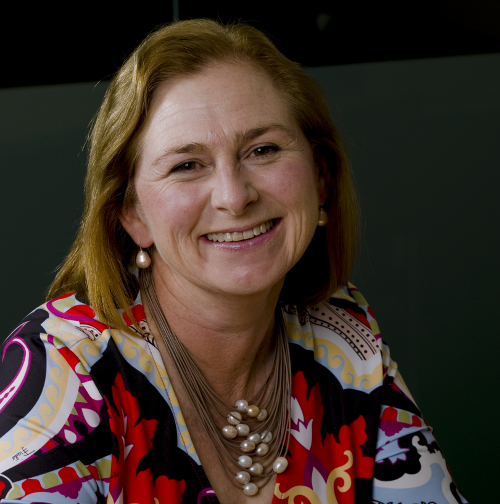
Gender equality in management
12th Nov 2018 - 11 min read
Are we there yet?
When I was leaving university and preparing for a career in the very male-dominated world of agriculture, we were all told that the gender gap was eliminated and that we female graduates should have no concerns about gaining employment alongside our male colleagues. Essentially, this was correct, as in many industries women and men are equally represented in entry-level roles.
But what then? If the issue had truly been resolved 30 years ago, we would now see women leading organisations, on boards, in line management positions and being reported in the business and political news in exactly the same manner as are men.
Achieving gender equality is recognised as both the right thing to do and a driver of economic and social benefits. So why is it not happening?
The data
Former Australian Minister for Foreign Affairs and Deputy Leader of the Liberal Party, Julie Bishop said it all in her wry response when asked if she believed the Liberal Party would bring itself to elect a popular female leader:
“When we find one, I’m sure they will.”
Leaving aside the switch from first to third person plural pronoun in an eight-word sentence, a choice made by a highly articulate woman which should not be dismissed as poor syntax, the significant word in this context is “find”.
Finding is defined as discovering or perceiving, either by chance or unexpectedly. It is a profoundly inefficient way of achieving anything and akin to looking under a lamppost for the keys you lost down the road because the light is better here. No wonder we’ve made such little progress.
Inclusion
The 2018 Women in the Workplace[1] study published by McKinsey & Company and Leanin.Org resonates with anyone who has read the Science in Australia Gender Equity (SAGE) data on women in STEMM[2] in the higher education and research sectors. Everything is gender-equitable until around the junior academic level (roughly corresponding to early management in the corporate sector), which is when the proportions start to drift.
Men are appointed to their first management roles slightly earlier than women. They are put on project teams and mentioned more often in dispatches, so the hierarchy knows who they are. They’re undeniably good at their jobs and work hard, so are promoted and recruited over women who do not have the same level of experience. The merit argument is brought out, without acknowledgement of the subtle bias which led to the situation.
What you can do today
Addressing this is relatively simple, low-risk and with myriad associated benefits for the organisations which adopt it.
1. Apply inclusive principles to the first level management roles by setting criteria which encompass potential as well as performance.
2. Establish expected gender ratios for applicants or shortlists so that there are equal numbers of men and women in the pool. If one group is under-represented on the shortlist, keep searching until you have a balance.
Note that this works both ways. If there are insufficient men putting their hands up for management opportunities in some functional areas, address that with equal rigour.
At this early stage, the strategy has a win-win effect. First time managers expect to be under a relatively high level of supervision and development support, so the cohort will have a consistent experience, and its diversity can lead to better overall outcomes.
Keep this going at every management stage and the number of women moving up through the management ranks will grow, providing a greater selection pool at the executive and board level. Their colleagues in the organisation will be familiar with the concept and reality of inclusion, and also support those recruitment and selection practices. The women won’t be stranded as “Onlies”
Go wider
Apply the methodology to other areas such as parental leave and access to employee assistance to show a proactive approach to employee health and welfare. Examine your leadership team unconscious biases – we’ve all got some – and acknowledge those. Add performance metrics around inclusion – not just gender – in management intakes. If your organisation is small, partner with a non-competing, complementary organisation to share insights and management training. It’s not that hard. Simply keep in mind that if it’s important to you, you’ll find a way. If it’s not, you’ll find an excuse.



